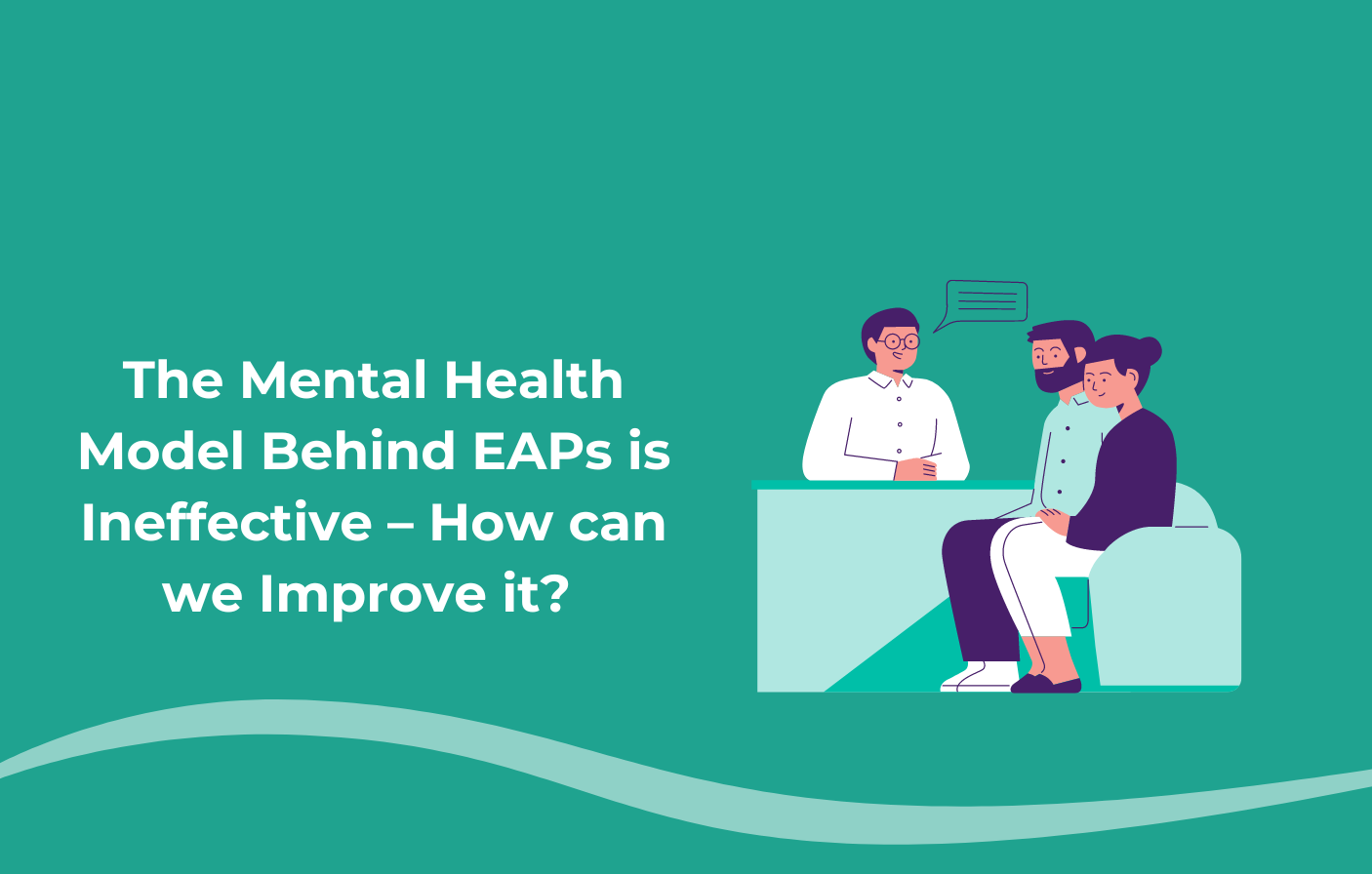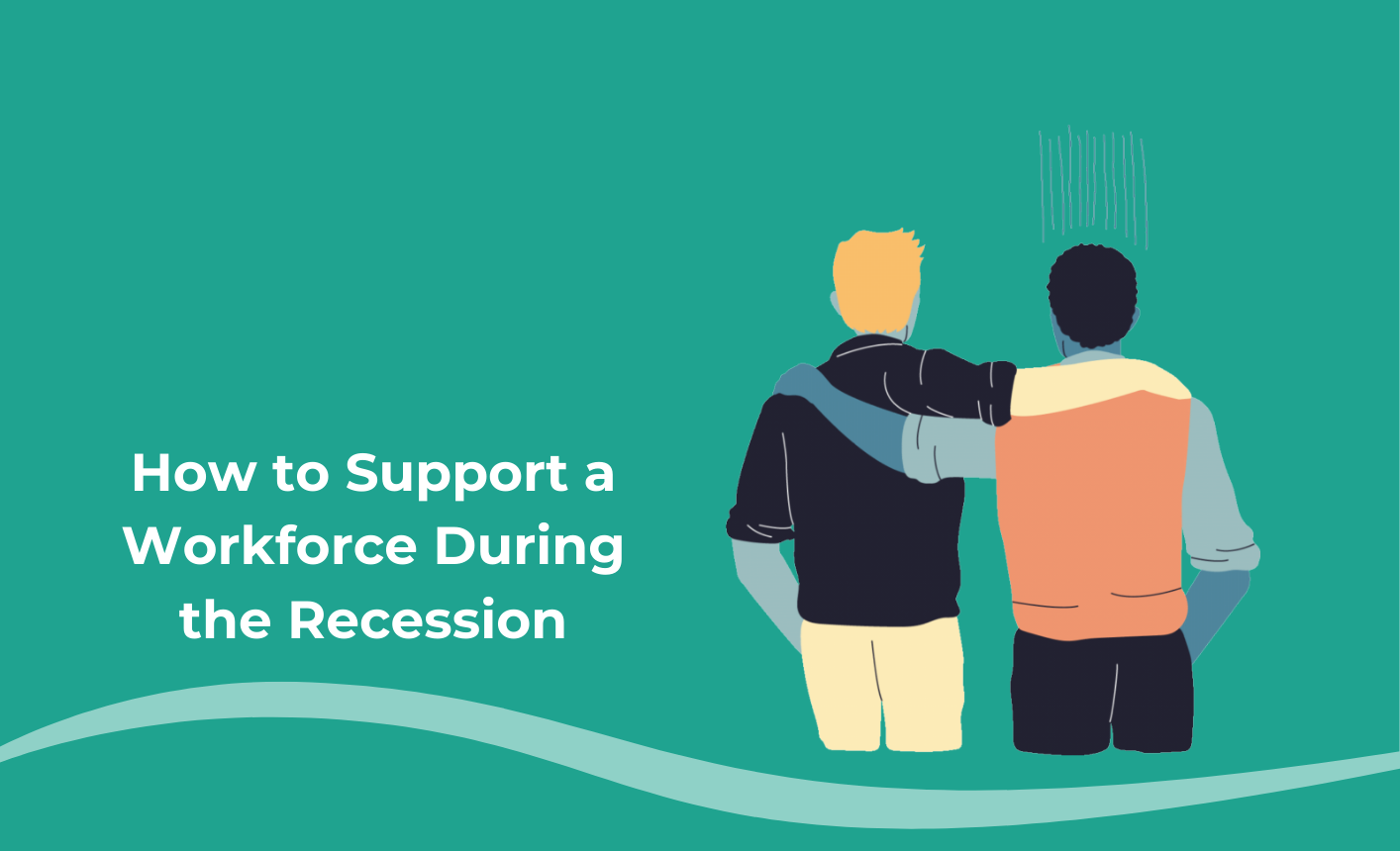Measuring employees’ attitudes and feelings towards their job can be the key variable in designing corporate culture. This can be achieved by having an efficient employee engagement survey. A successful business needs people that are engaged and invested in the ongoing processes. Therefore, keeping the team members actively involved in the work process should be one of the main responsibilities of management. There are a lot of factors that determine employee engagement level and one of them is mental wellbeing. In this article, you will find out how to monitor employee mental wellness through surveys, and which mental health questions to ask in an employee engagement survey.
What is employee engagement?
There are various definitions of employee engagement. But to summarize the idea of this very complex concept, we can use the definition provided by Willis Towers Watson. The company describes engagement as “employees’ willingness and ability to contribute to company success”.
It is crucial to understand that employee engagement and employee satisfaction are not the same concepts. While they are very often highly correlated there are important distinctions. An employee can be satisfied with the job but may not show high engagement. Satisfaction does not necessarily mean that an employee is actively trying to advance the company and reach corporate goals.
Because of the specifications and peculiarity of employee engagement, it is always a good practice to conduct a separate survey. Through an employee engagement survey, you want to be able to analyze your employees’ engagement levels.
5 Essential mental health questions to include in the survey:
- Do you have information about the mental health services and resources that are available to you?
This can be a simple question with possible answers of yes, no, and have not inquired. Also, it can be used as a statement to check the level of knowledge employees have about existing mental wellness programs and services.
- What can a company start doing to improve your mental wellbeing?
While open questions are not very desirable in the survey, this could be the open question to include. Additionally, you can offer different actions that employees could choose from the list. If you use the list make sure to have the “add your answer” option. This will engage employees more in the process of improving mental well-being and give you valuable insight.
- How often do you feel stressed at work?
This question can be designed as a statement with possible answers including time or a scale from 1 to 10, with 1 meaning not experiencing stress and 10 meaning feeling stressed on a daily basis.
- The company prioritizes mental health in the workplace
This statement can have possible answers from “strongly disagree” to “strongly agree”. Through this question, you can assess your employees’ perceptions.
- Which workplace factors contribute to poor mental health?
This question can have a list of possible answers including overtime, strict deadlines, miscommunication from management, high workload, or lack of autonomy. Think about the challenges your employees may be facing daily and give them realistic options to choose from.
What is the purpose of an employee engagement survey?
Through an employee engagement survey, we can understand whether employees are psychologically invested in their work. More specifically, according to SHRM, the purpose of the employee engagement survey is to “measure employees’ commitment, motivation, sense of purpose and passion for their work and organisation.”
Measuring employee engagement through a survey can be very tricky but it is not impossible. Conducting a survey can be a good point for starting your assessment. You would not be able to determine the engagement level simply by observing your employees. You need specific measurements and factors to check the engagement among employees and then plan further steps for improvement.
Generally, employee engagement surveys can be very helpful in the process. Because often employees do not feel comfortable discussing topics such as engagement openly. Additionally, through a traditional interview, employees may be unable to express their feelings constructively – but with surveys, this barrier ceases to exist. If you design it correctly you will get valuable information about employee engagement. Furthermore, when surveys are anonymous workers feel more comfortable expressing their true opinions. Platforms like Heartbeat Insights can help you create personalised surveys to improve employee engagement and performance within your organisation.

Gain FREE access to Heartbeat
Get a free Heartbeat Survey.
Let us uncover the true state of your team’s wellbeing with a free mental health survey for your entire organisation.
Gain valuable insights to see how you can better support your team’s mental health and performance.
No pitch. No credit card required.
Mental health and employee engagement
There is a clear link between mental health and employee engagement. People who do not experience stress and burnout due to their work tend to be more involved and take more initiative. The analysis done by Deloitte showed that poor mental health is quite costly for employers in the UK. More specifically, according to the analysis the cost is around £33 billion – £42 billion annually. This data suggests that poor mental health leads to a decrease in productivity and performance which has significant effects on every business. The costs can be derived from a lack of engagement and motivation from employees who are not able or willing to contribute to the company’s goals.
Tips for conducting a successful employee engagement survey
While a survey can be a great tool to assess an engagement rate in the company, many managers find it hard to utilize this instrument. It is very challenging to create a survey that includes relevant questions/statements. Additionally, the survey outcomes should be transformed into workable data and statistics.
There are a lot of things that could be wrong with an employee engagement survey which would result in unrealistic outcomes and poor corporate strategy. Here are some tips that will help you design a good engagement survey:
Provide specific questions and enable yourself to assess each aspect or engagement individually.
Keep it short – do not expect your employees to fill in a 30-minute survey with care and precision. After some time, they will get bored and give any answer. By keeping it simple you can increase the precision of outcomes and efficiency of the survey.
Ensure confidentiality – make sure that all the responses are anonymous and explain this aspect to your employees. If they are sure that their responses will not affect them negatively, they will be more inclined to answer truthfully.
Use neutral statements – quite often, employers keep the survey in a positive tone which can make the outcomes biased. For example, do not use a statement such as “I feel very comfortable talking about mental health issues at work”. This nudges the employees to agree to the statement. Therefore, the outcome of the survey will not show the full truth.
Surveys and workplace mental health
Being aware of your employees’ mental health is essential. This is why, at SupportRoom, we help you measure patterns in your staff’s mental wellbeing. We have efficient data analytics that can help better understand what’s going on in your workplace, so you can implement the right strategy. Find out more information by getting in touch with us about Heartbeat.

Gain FREE access to Heartbeat
Get a free Heartbeat Survey.
Let us uncover the true state of your team’s wellbeing with a free mental health survey for your entire organisation.
Gain valuable insights to see how you can better support your team’s mental health and performance.
No pitch. No credit card required.






